The holiest shrine of the Sikhs, Harmandir Sahib, more popularly known as The Golden Temple sees throngs of visitors every single day. It is one of the most visited places in the world and everyone from the devout to the lost visits to take in the aura that the place exudes.
Did you know that the city of Amritsar gets its name from the body of water that surrounds the Golden Temple? Amritsar literally translates to ‘holy tank of nectar of immortality,’ and the water is said to have healing powers. I visited the Golden Temple on a tour of Amritsar in 2018 and more recently, last month – both times during the day and the night. If you have the time, I suggest visiting during the day and the night, too. You simply can’t miss a glimpse of the gold shimmering in the lake at night. Yet another fun fact – the structure was initially built out of marble and was later layered with pure 24-carat gold. Layers and layers were added and over 500 kg of gold was used to make this marvel shine in glory even today.
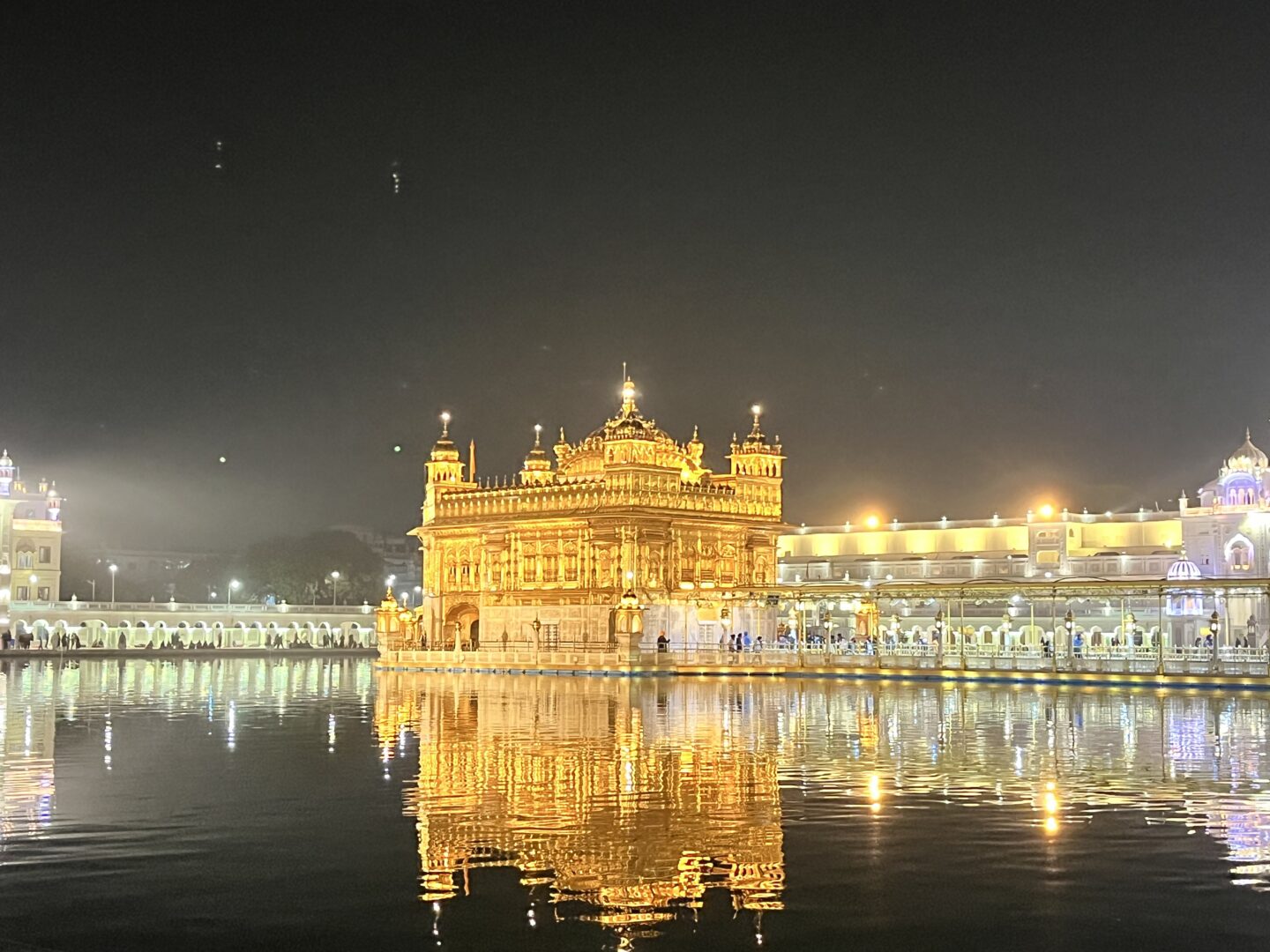
Here is my exhaustive list of tips:
Best time of year to visit the Golden Temple
Amritsar has extremely hot summers and cold winters. The ideal months to visit are October-March, with December and January being the coldest months. Most of the festivals take place during this time as well, so if you coincide your trip with Diwali (November), Lohri (Jan), Holi (March) or Baisakhi (April, you will be adding another experience to your trip, however, on the downside, there will be more crowds. I visited in February and the weather was crisp and wonderful.
How to get to the Golden Temple
You can fly into Amritsar Aiport or catch a train from anywhere in India. If you live in North India, a train, bus, your own vehicle or flight should get you there with ease. No matter where you are in Amritsar, the Golden Temple will be a maximum of 20 minutes away. You can drive yourself there, or take a rickshaw (tuk-tuk), but remember to negotiate the prices before you get in.
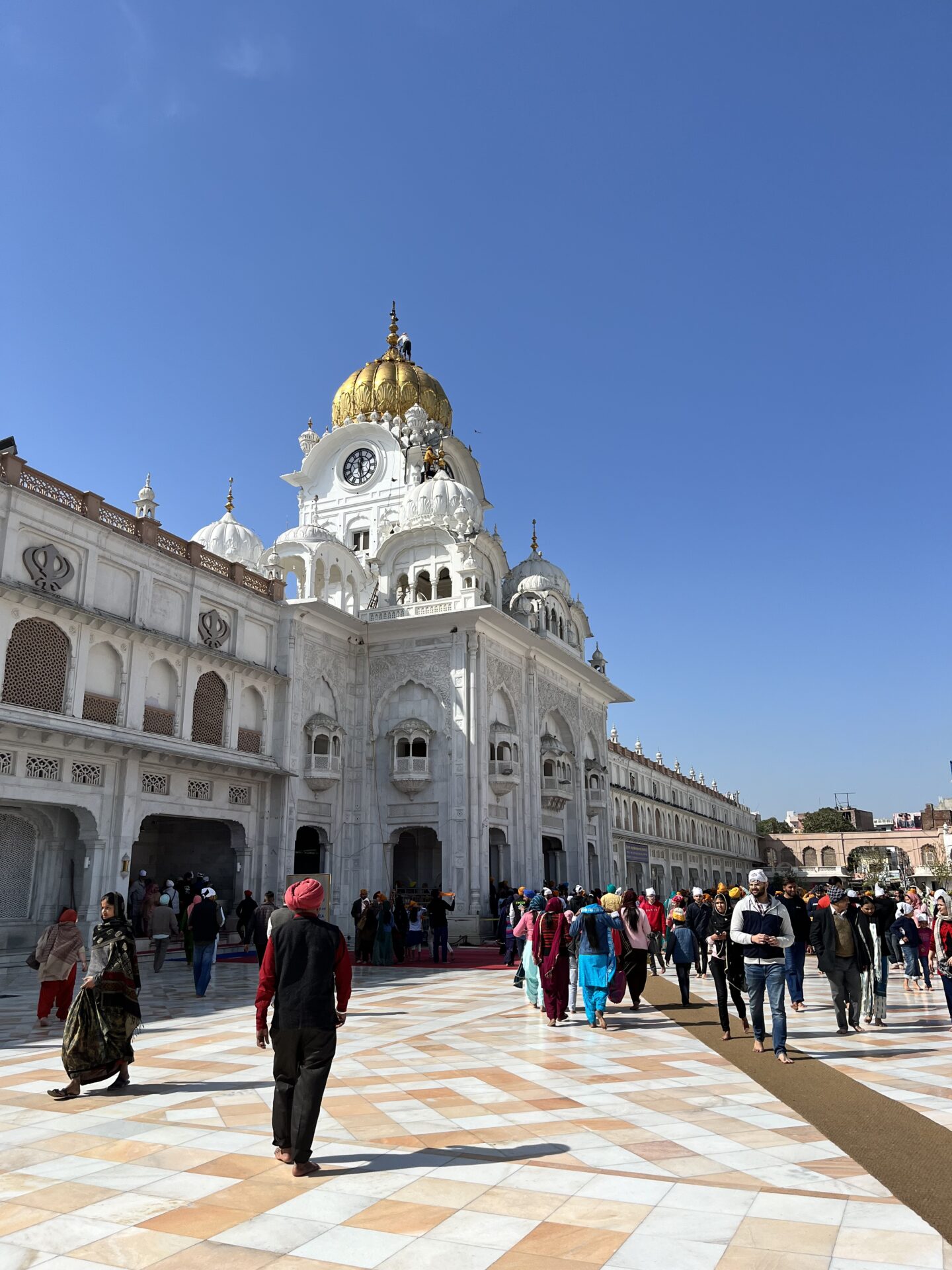
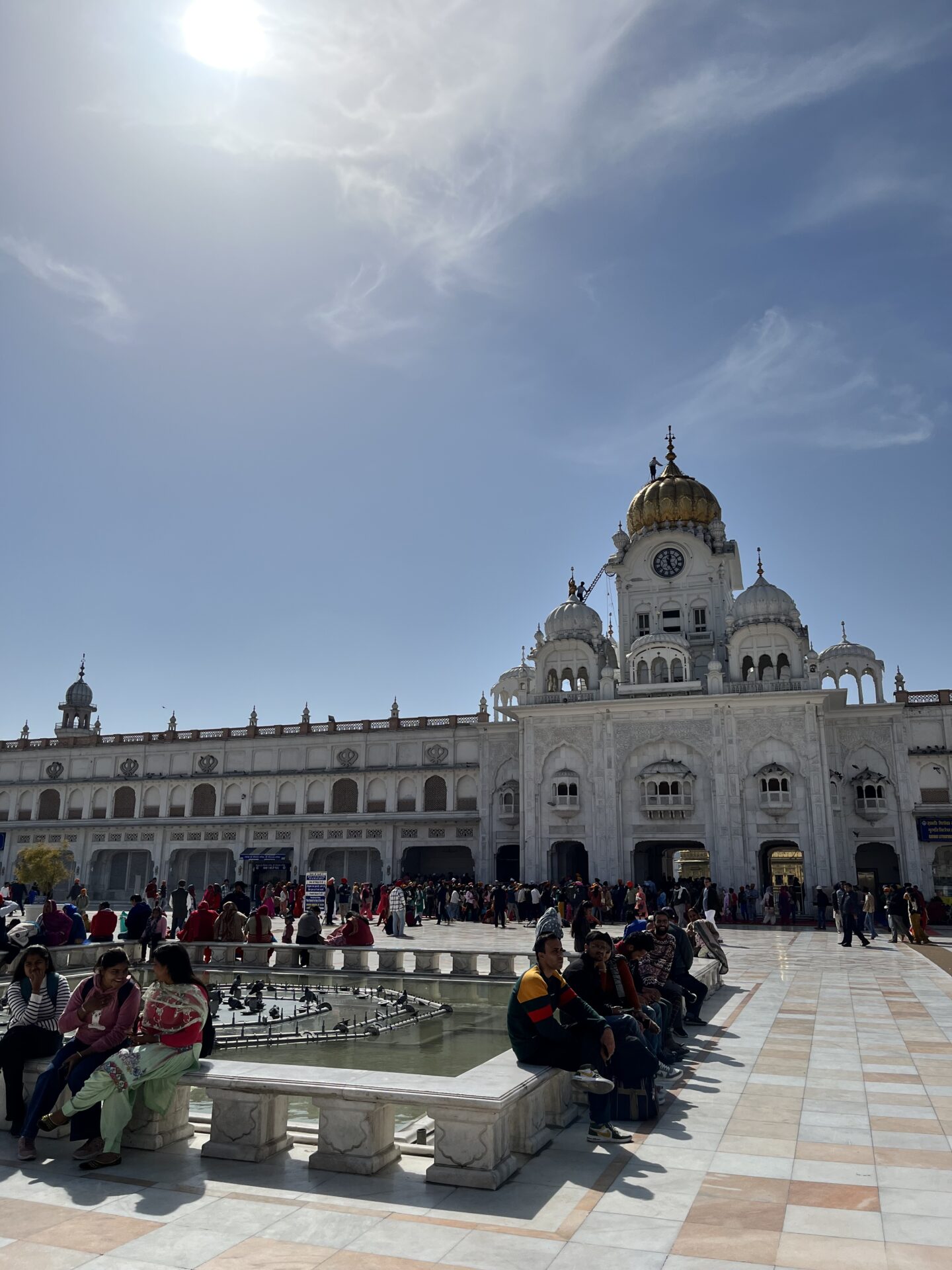
Everything you need to know about visiting Harmandir Sahib
The temple is divided into 4 areas – Parikrama (the outer walkway), sarovar (the water body), sanctum (the gold structure where the religious book is kept, and the community kitchen.
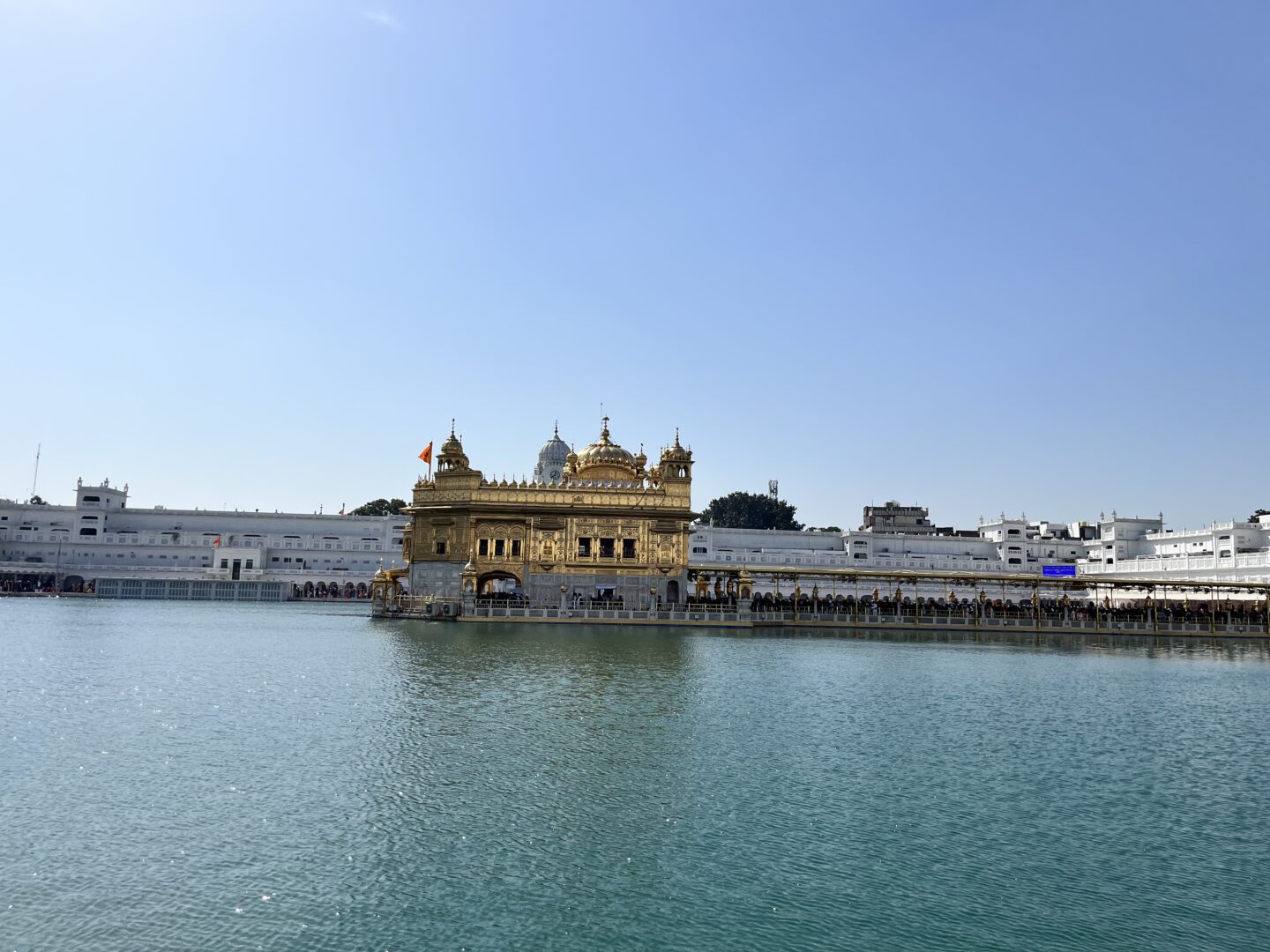
To enter the inner sanctum – If you’d like to visit the inner sanctum, where the holy book is kept, the lines are long (they can go up to 3-4 hours), and people can get a tad impatient and pushy. With lines like those, personal space is non-existent so be prepared for a bit of pushing and shoving. Your best bet to avoid the crowds as much as possible is to visit on a weekday between 4-7 PM when tourists visit other popular places – namely to witness the Beating Retreat ceremony at the Wagah Border before sundown. Oh yes, inside the sanctum, photography is prohibited.
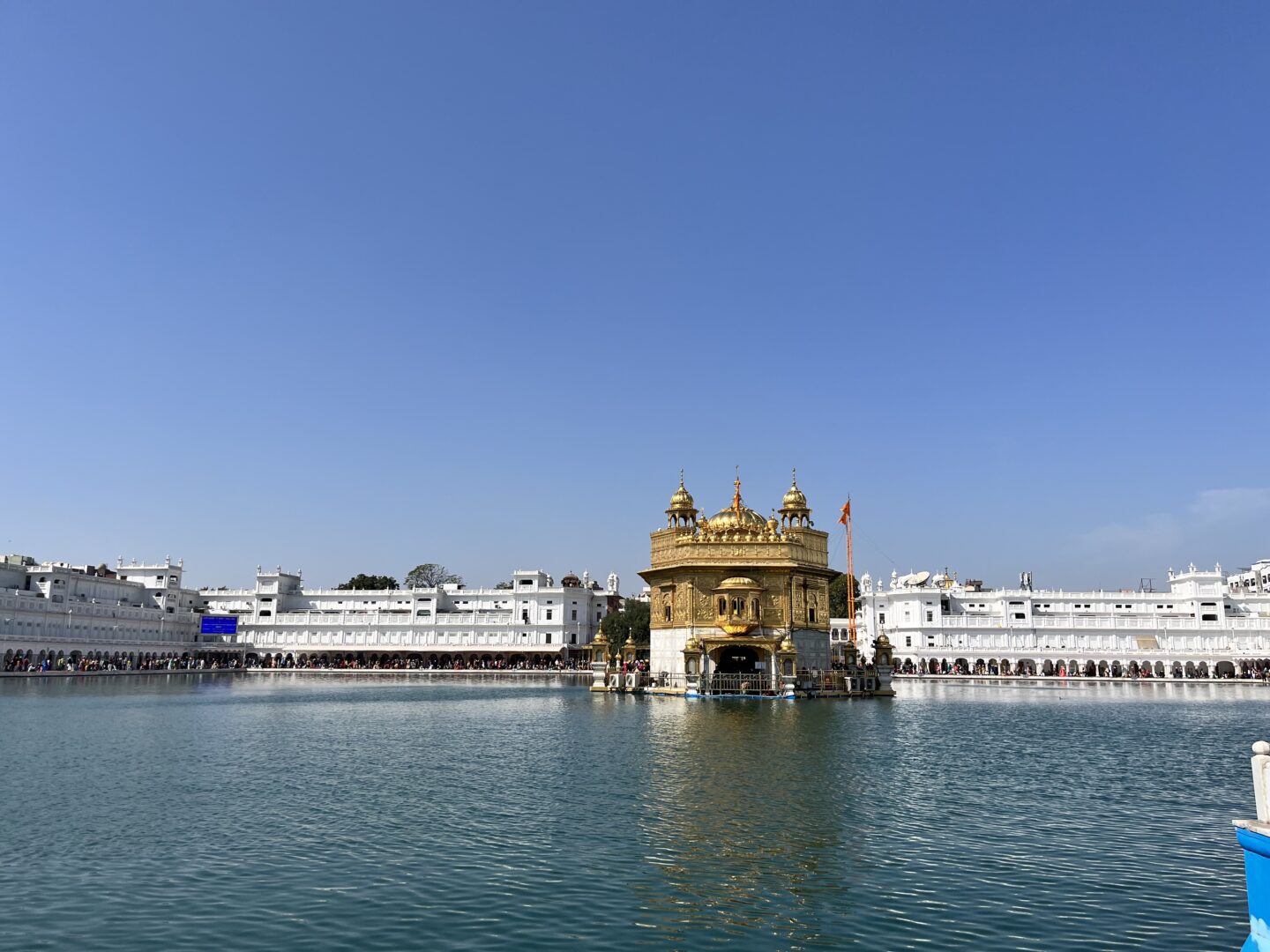
Visit at night for the closing ceremony – Between 9-11 PM, a ceremony called ‘sukhasan’ takes place where the holy book, the Guru Granth Sahib is taken away for the night under a large ‘palki’ or palanquin to the sounds of chanting and singing and the showering of flowers. It is put to sleep in a dedicated room and ceremoniously brought back to the sanctum the next morning, followed by the reading of a message for the day from the holy book. The timings change depending on the seasons, so make sure to check before you go.
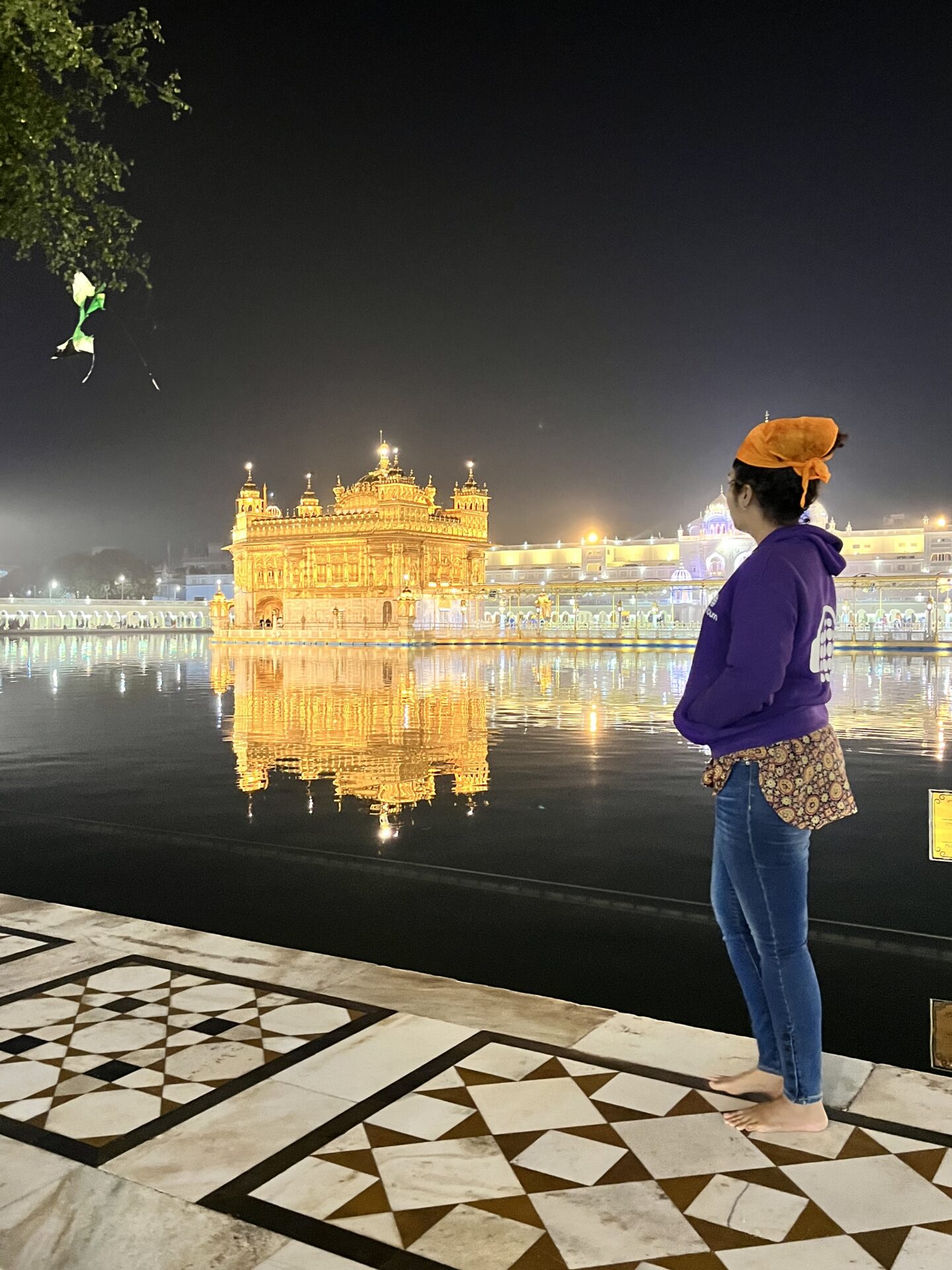
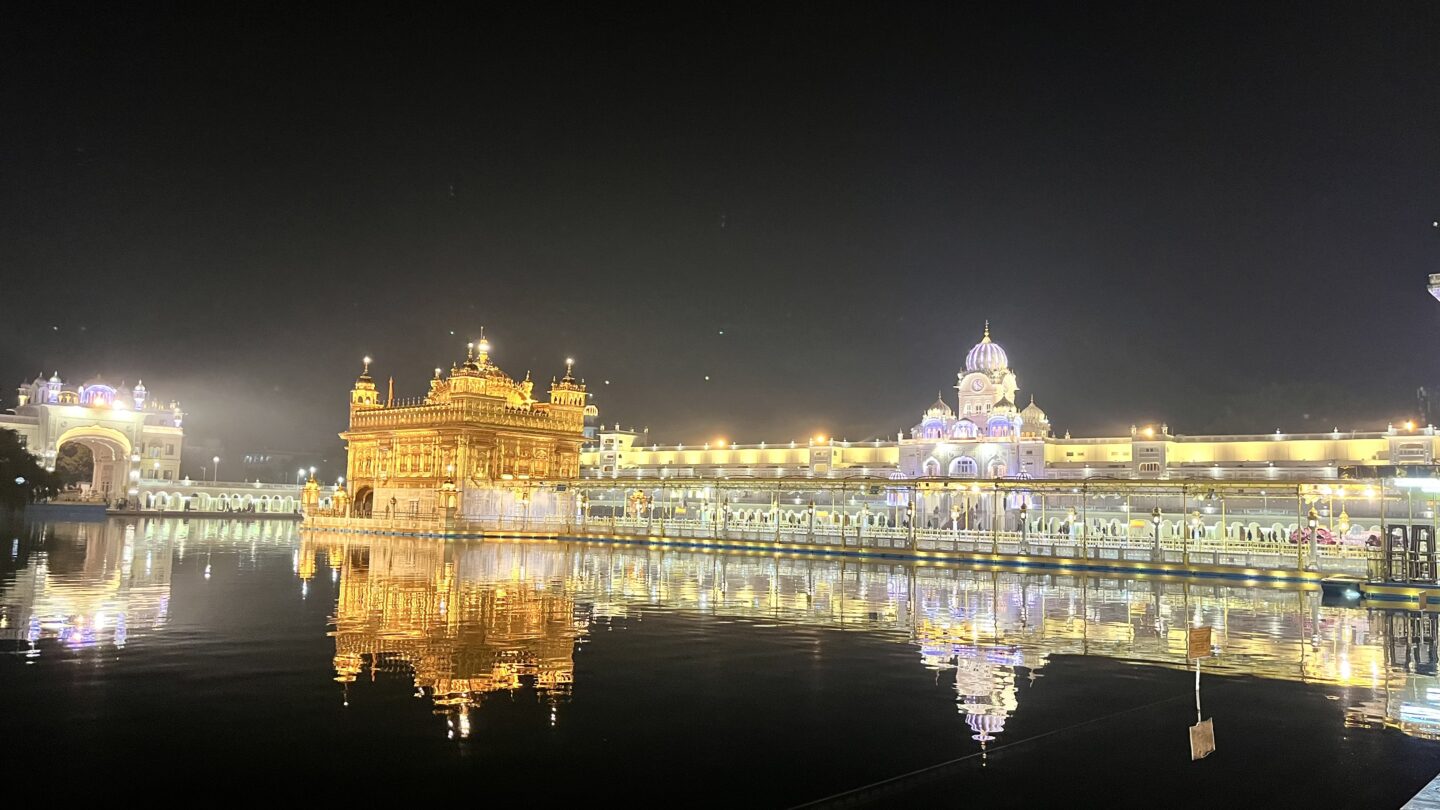
Things to keep in mind
There is designated parking outside, and the car park is spread over multiple floors.
Entry to the Golden Temple is free. Upkeep is done purely on donations and you can donate money if you wish to.
Wear modest clothing. Avoid dresses that end above the knee and sleeveless clothes.
Upon arrival at the Golden Temple, both men and women are required to cover their heads with a scarf. If you didn’t carry one, you can either buy one outside the temple or pick up one for free in baskets kept near the entrances by guests who have exited and don’t need the scarf anymore.
You must keep your shoes and socks at the designated booths and wade through a pool of water to clean your feet before you enter the premises. You will find a shoe booth and a pool of water at every entrance.
Walk clockwise on the wide marble path around the sarovar.
As in the case of all holy places, smoking cigarettes and tobacco is prohibited.
Anyone can take a dip in the holy water that surrounds the temple, and women have covered areas to take a dip, as well. The use of soap/shampoo is not allowed, and wet clothes can be deposited in the wet cloakrooms.
Keep in mind that the guards (khalsa) can be quite curt if you don’t follow the rules.
You would be given ‘Karaah Parshad’ (sweet sacred offering served to all the visitors) after you exit.
Visiting the Golden Temple at night must be on your agenda on a trip to Amritsar. It is extremely safe to visit at night, as it is during the day. Not only are there fewer people, but the gold looks absolutely mesmerizing.
A visit to the Golden Temple can take anywhere between 1-4 hours, depending on whether you want to experience langar, visit the inner sanctum, whether it is a weekend/weekday, and other factors.
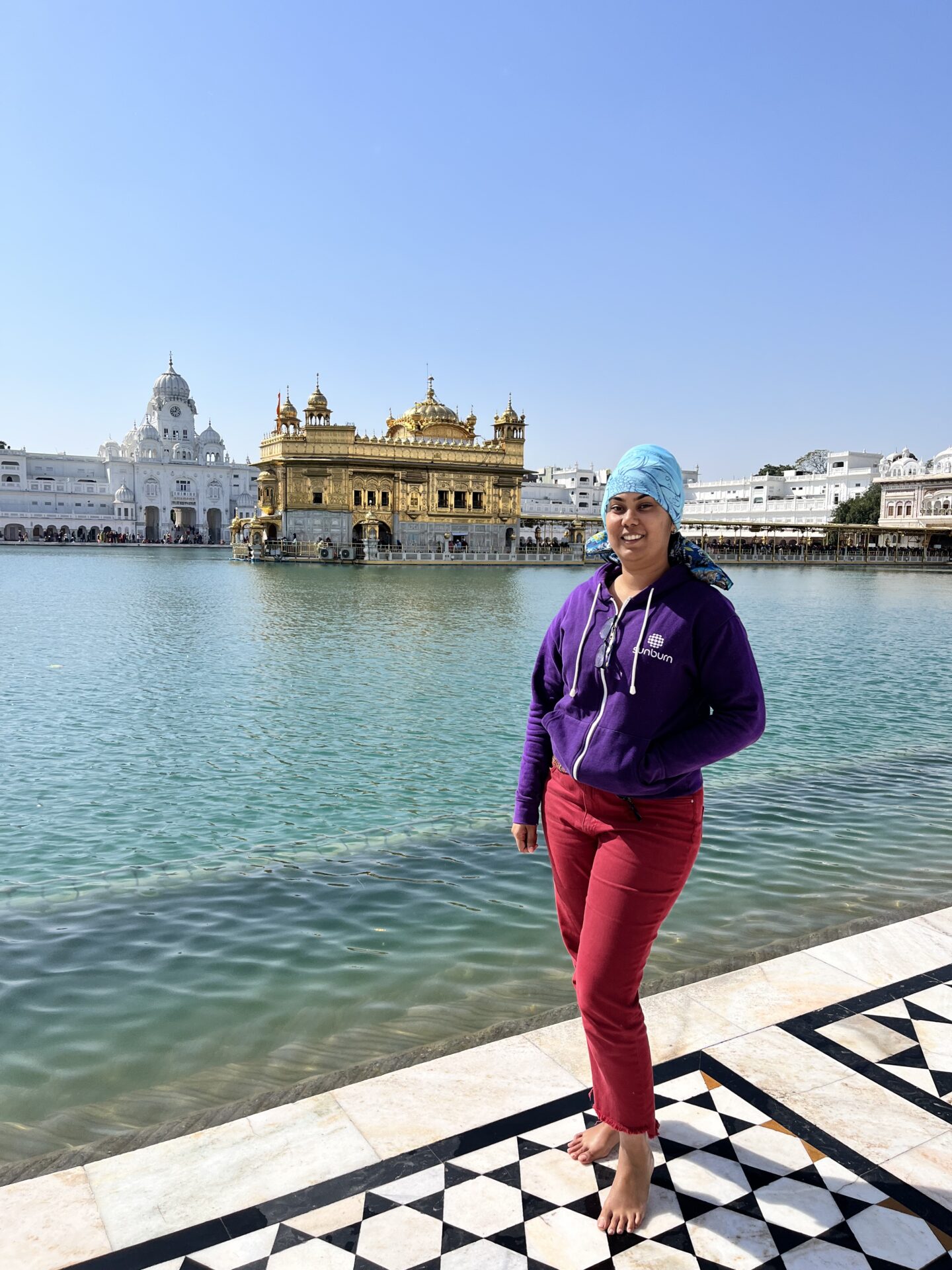
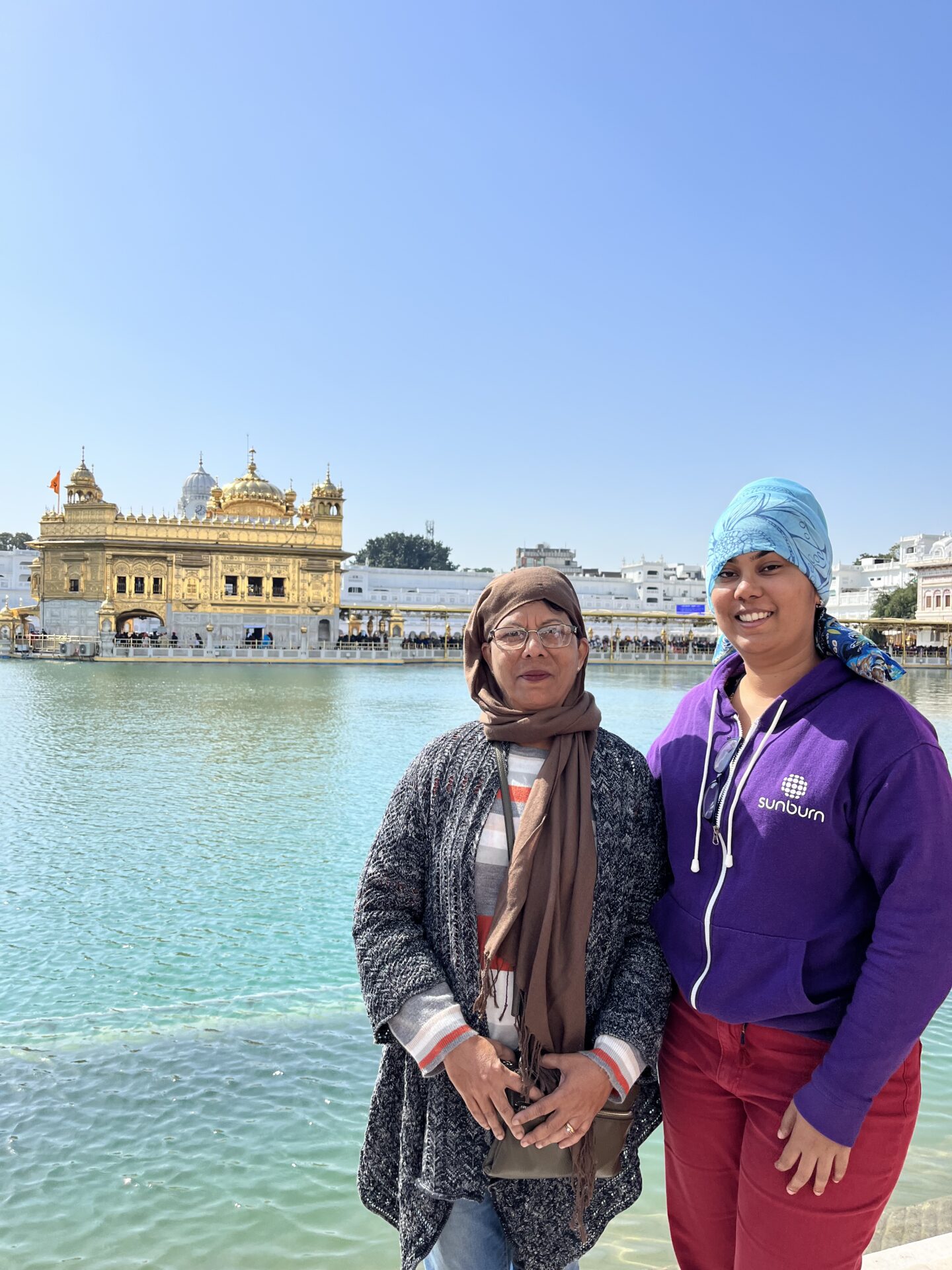
Langar at The Golden Temple
Over a lakh people partake in a free meal cooked by volunteers here, in the largest community kitchen in the world. The kitchen, established in 1481, provides free meals round the clock, 365 days a year, for pilgrims and anyone in need, irrespective of who they are or where they have come from. The food never runs out and no one ever goes hungry.
Not only can you experience a meal here, but you can also tour the kitchen that’s spread over 3 floors and volunteer, too. From cleaning to washing dishes and chopping vegetables to cooking, every pair of hands looking to contribute time is welcomed. You’ll be amazed at the military-like operation, the speed, and the system by which even the simplest of things – like collecting plates – is done.
For langar, you will be guided into one of many halls. If the meal service is in progress, you will have to wait with other people while chanting ‘Wahe Guru,” until it is done. The hall is cleaned before each meal service.
People sit in rows on mats on the floor and the hall is full in seconds. So look out for space and sit in the first spot you can find. Spots fill up in the blink of an eye – there’s no time to think. If you are unable to sit on the floor due to age or injury, you will be seated outside the hall on a stool.
Everyone is given a metal tray, cup, bowl, and spoon. Soon volunteers will come around and scoop vegetarian food on your plate – rice, dal, and vegetables. Cup your hands together to catch the roti that will be dropped into your palms. Remember to take only what you can eat as you cannot waste food here. Politely decline if you do not want an item served to you or gesture/ask for a little (the portion sizes are large).
What else?
Like all gurudwaras, this one offers accommodation for free, too. Intended to serve pilgrims and those in need of shelter, the Golden Temple does house travellers as well. One can stay at the dormitory accommodation called Guru Arjan Nev Diwas for free for up to 3 days.
Got questions about something I haven’t touched upon? Drop me a comment and I’ll do my best to answer. For more things to do in Amritsar and to know where I stayed, what I ate, shopped, and did over 4 days in the city, watch out for my next blog post.
